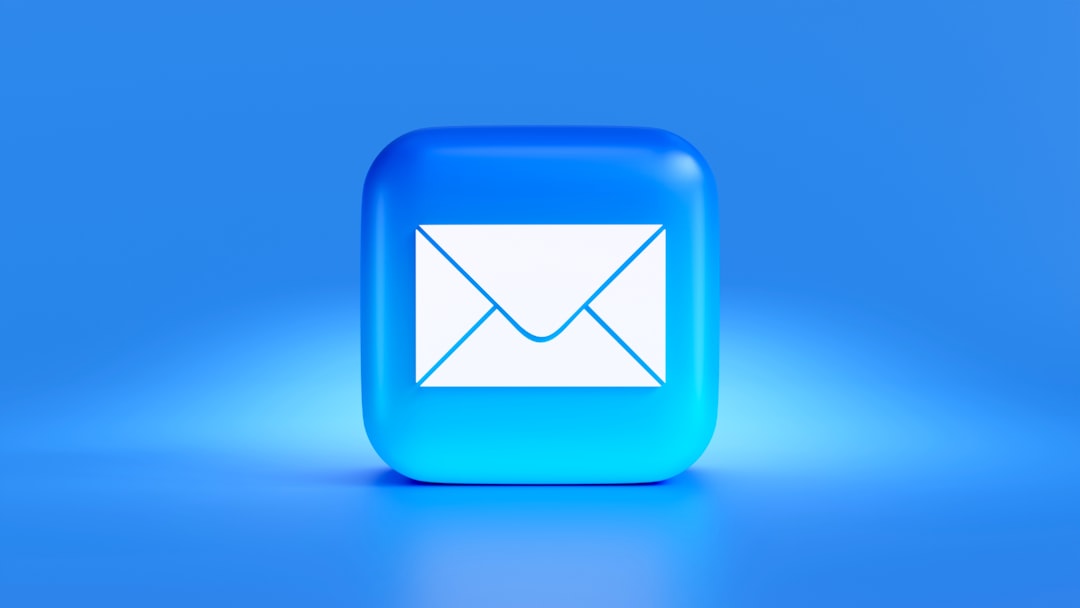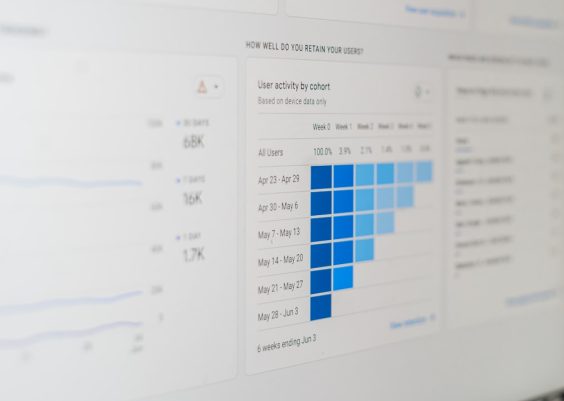In the world of modern outreach, cold emailing still holds an incredibly valuable place in the marketer’s and salesperson’s toolbox. However, cold emails that end up in spam folders are not just a nuisance—they are missed opportunities, lost revenue, and wasted effort. To avoid this pitfall, it’s not enough to just write a compelling message. Your technical setup must be bulletproof. In this article, we’ll explore the full technical configuration required to make sure your cold email doesn’t land in spam, giving you a truly professional, trustworthy sender reputation.
1. Use a Reputable Domain (Avoid Your Primary)
Before executing any cold email campaign, consider what domain you’ll be sending from. It is strongly recommended not to use your main company domain.
- Primary domains are essential for brand reputation and ongoing customer relationships. Using them for outreach risks blacklisting.
- Instead, register a secondary domain similar to your main one, e.g., if your main domain is example.com, use example.co for cold outreach.
Once registered, always warm up the new domain over time. Do not launch a campaign the day it’s created. Gradually send emails to build trust with email service providers.
2. Set Up DNS Records Correctly
This is where many campaigns fail. To earn trust from email providers (like Gmail, Outlook, etc.), you need to ensure proper domain authentication via DNS records.
The three pillars you need to configure are:
- SPF (Sender Policy Framework): This record tells mail servers which senders (IP addresses) are authorized to send mail on behalf of your domain.
- DKIM (DomainKeys Identified Mail): This adds a digital signature to your emails, verifying the message wasn’t altered post-send.
- DMARC (Domain-based Message Authentication, Reporting, and Conformance): Works with SPF and DKIM to instruct servers on how to handle unauthorized messages.
Make sure these records are properly added to your domain’s DNS settings. Here’s a basic example:
- SPF:
"v=spf1 include:sendgrid.net ~all" - DKIM: Usually generated by your ESP (Email Service Provider), then added via a CNAME record
- DMARC:
"v=DMARC1; p=none; rua=mailto:dmarc@example.com"
Always validate your SPF, DKIM, and DMARC records using online tools such as MXToolbox or DMARC Analyzer.
3. Warm Up Your Email Account
Email providers view brand-new senders with suspicion. Email warm-up is the process of gradually increasing your sending volume to build your domain’s trustworthiness.
- Start by sending a few emails per day manually to trusted contacts.
- Increase volume gradually over 4 to 6 weeks.
- Use automated warm-up tools like Warmup Inbox, Mailreach, or Lemwarm to accelerate and streamline this process.

4. Choose a Reliable Sending Platform
Don’t rely on Outlook or Gmail directly for bulk cold emailing. Instead, use a respected third-party provider built for outreach. Examples include:
- Mailshake
- Woodpecker
- GMass
- Instantly.ai
These platforms include deliverability tools, reputation monitoring, and campaign analytics that are essential for a successful outreach strategy.
5. Use Branded Domains in URLs and Trackers
Here’s a hidden killer: link tracking. Most platforms track email engagement using URLs that redirect. If these redirect through shared tracking domains, it could harm deliverability.
To avoid this issue:
- Set up custom tracking domains through your ESP or cold email tool.
- Use these domains for all links—this keeps links on-brand and avoids spam filters triggered by common tracking domains used by spammers.
6. Optimize the Email Content
Even with perfect technical setup, a poorly written email can still signal spam. Ensure your content is:
- Personalized: Use custom variables like first name, company name, or role.
- Plain-text format: HTML-heavy emails are flagged more often. Stick to simple formatting.
- No spam triggers: Avoid terms like “Free,” “Act now,” “100% guaranteed,” etc.
- Low link/image ratio: More than one link/image per 100 words can be suspicious.
7. Implement Reply Handling and Engagement
Email providers reward interaction. If all recipients delete or ignore your messages, your sender score drops.
To ensure better engagement metrics:
- Encourage replies by asking open-ended questions.
- Have a real human monitor the replies and respond quickly.
- Segment lists and tailor messaging accordingly—relevance boosts replies.
8. Regularly Monitor Deliverability Metrics
Excellent setups don’t last without maintenance. Over time, blacklists, spam traps, and bounces can creep into your domain’s life cycle.
Monitor:
- Blacklist status – Use tools like MXToolbox or Talos Intelligence.
- Bounce rates – Keep below 5%. Anything higher hurts your sender score.
- Open rates – Healthy open rates are over 30%. Drops may signal spam filtering.
Incorporate monitoring tools such as:
- Google Postmaster Tools
- Mail-tester.com
- MXToolbox
9. Set Up BIMI (Optional, But Valuable)
Brand Indicators for Message Identification (BIMI) is a newer standard that adds your logo next to your email in supported inboxes. While not required, it shows authenticity and enhances branding.
To enable BIMI:
- Your domain must have a valid DMARC policy (p=quarantine or reject, not p=none).
- You need to create an SVG version of your logo and host it on your domain.
- Add a BIMI DNS record pointing to that logo.

10. Maintain List Hygiene
Cold emailing doesn’t mean emailing everyone. Poor list quality signals spammy behavior. Clean your email lists by:
- Verifying emails using tools like NeverBounce or ZeroBounce.
- Removing bounced, non-responsive, or spam-flagging addresses.
- Segmenting based on behavior to improve engagement rates.
Conclusion
Cold emailing done right is an art—but its foundation lies in a disciplined, cautious technical setup. If you send blindly without preparing your domain reputation, DNS records, warm-up protocols, and proper engagement strategies, your emails are almost guaranteed to vanish into spam folders.
By following this comprehensive technical checklist, you’re not only improving deliverability but also building long-term credibility with email providers and your recipients. In an age where inboxes are guarded fiercely, preparation is your most powerful asset.
Remember: It’s not just what you say—it’s how your email is delivered that determines whether your voice is heard.




